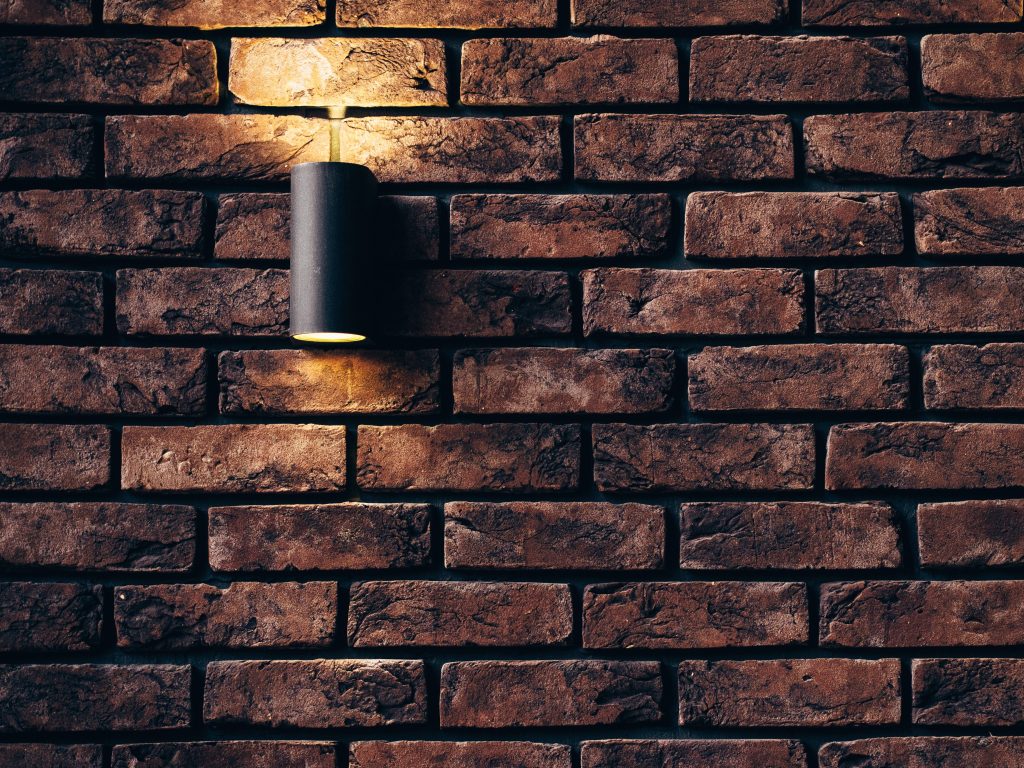When embarking on the journey of renovating your current one, it’s crucial to consider every aspect of the project, especially the cost of your external walls. These walls not only provide structural support but also contribute significantly to the overall look and feel of your property.
Understanding External Wall Costs
Before we delve into the specifics, let’s define what external walls encompass. External walls refer to the main structural elements of the building’s exterior envelope. They play a vital role in defining the appearance of your home, alongside the roof and windows. To accurately estimate the cost of your external walls, you need to consider three primary factors: height, makeup, and finish.

Height of the Walls
The height of your external wall structure is a fundamental determinant of its cost. Several factors influence the wall height, including the number of floors and the architectural design. While it might seem intuitive that taller buildings are more expensive, the actual cost depends on the design and total square footage.
- Number of Floors: Buildings with multiple floors often require more wall material than single-story structures. However, design considerations can mitigate this difference.
- Floor to Ceiling Heights: The internal floor to ceiling height directly affects the cost of your external envelope. Building regulations typically specify a minimum requirement, but taller ceilings are common for aesthetic and functional reasons.
- Depth of Floor Construction: The depth of the floor slab between levels impacts the wall height. For example, a 2.4-meter floor-to-ceiling height necessitates around 2.7 meters of blockwork for each level to accommodate the floor structure.
To illustrate the influence of floor-to-ceiling height on costs, let’s examine a 139-square-meter bungalow and a 139-square-meter two-story property with varying ceiling heights. These costs are based on standard cavity wall construction with a 100mm outer leaf and a 100mm inner leaf of blockwork.

What the Walls are Made of
The materials used in your external wall construction significantly impact the overall cost. In response to evolving building regulations in the Republic of Ireland (ROI), wall materials must be selected carefully to achieve improved energy efficiency. Traditional methods, such as cavity blockwork, face competition from newer construction methods in terms of cost-effectiveness.

- Cavity Wall Construction: This method typically consists of an outer leaf, a cavity with insulation (at least 125mm), an inner leaf, and a drylining or insulated plasterboard finish. The thickness of the insulation and the type of inner leaf materials affect the cost.
- Timber Frame and Structural Insulated Panels (SIPS) Construction: Timber frame structures offer speed and quality control benefits, especially for large-scale housing developments. Costs vary based on design, member sizes, and U-value requirements.
- External Wall Insulation Systems: These systems have gained popularity for their insulation and energy conservation properties. Costs can vary among manufacturers and depend on the finish, often involving plaster or brick slip.
- ICF (Insulating Concrete Formwork) Construction: Increasing in popularity, ICF wall finishes require careful consideration, as they may necessitate proprietary systems for specific finishes.
How the Wall is Finished
The external finish of your walls plays a crucial role in the overall aesthetics of your home. The choice of outer leaf material and finish impacts the cost. Common options include blockwork, brickwork, and stone finishes.
- Blockwork and Brickwork: Blockwork is often used in the outer leaf, with the option to apply a plaster finish. Brickwork is more expensive due to the quantity of bricks required.
- Stone Finish: If a stone finish is desired, it is typically installed over a blockwork outer leaf.
The cost of bricks can vary widely based on their type, colour, and texture, with reclaimed bricks costing even more. A standard brick size results in approximately 60 bricks per square meter.

Wall Costs for Window Openings
External walls include openings for windows and doors, which affect the overall cost. Block layers often charge for their work “through openings.” While labour may be calculated in this manner, the materials required for window openings must be selected and estimated separately.
These materials may include:
- Window sills (concrete, granite, reconstituted stone, insulated)
- Lintels (concrete, metal, steel as designed by the engineer)
- Capping stones
- Quoin stones
- String courses (stone)
- Corbels (stone)
- Window head details (plaster or stone)
- Plinths (plaster or stone)
The choice of materials for these items directly impacts project costs, with insulated products gaining popularity due to airtightness and thermal bridging concerns.
Comparing External Wall Construction Costs
To provide a clearer picture of how various design choices affect costs, let’s compare the external wall construction costs for two properties, each with a floor area of 139 square meters:
- Standard Cavity Wall Construction: Both a bungalow and a two-story property with a plastered finish.
- External Wall Insulation System: A comparison between the two properties using an external wall insulation system.
While the differences may seem modest when considered individually, they accumulate, potentially causing a project to exceed its budget. For instance, the difference between a standard cavity wall bungalow and an externally insulated two-story property of the same size can amount to approximately €15,756, excluding VAT.
Understanding the intricacies of external wall costs is essential for any homeowner embarking on a renovation project. By considering factors like wall height, materials, finish, and window openings, you can make informed decisions that align with your budget and design preferences. Remember that every choice you make regarding your external walls contributes to the overall look, feel, and energy efficiency of your home, making it a decision worth careful consideration.




